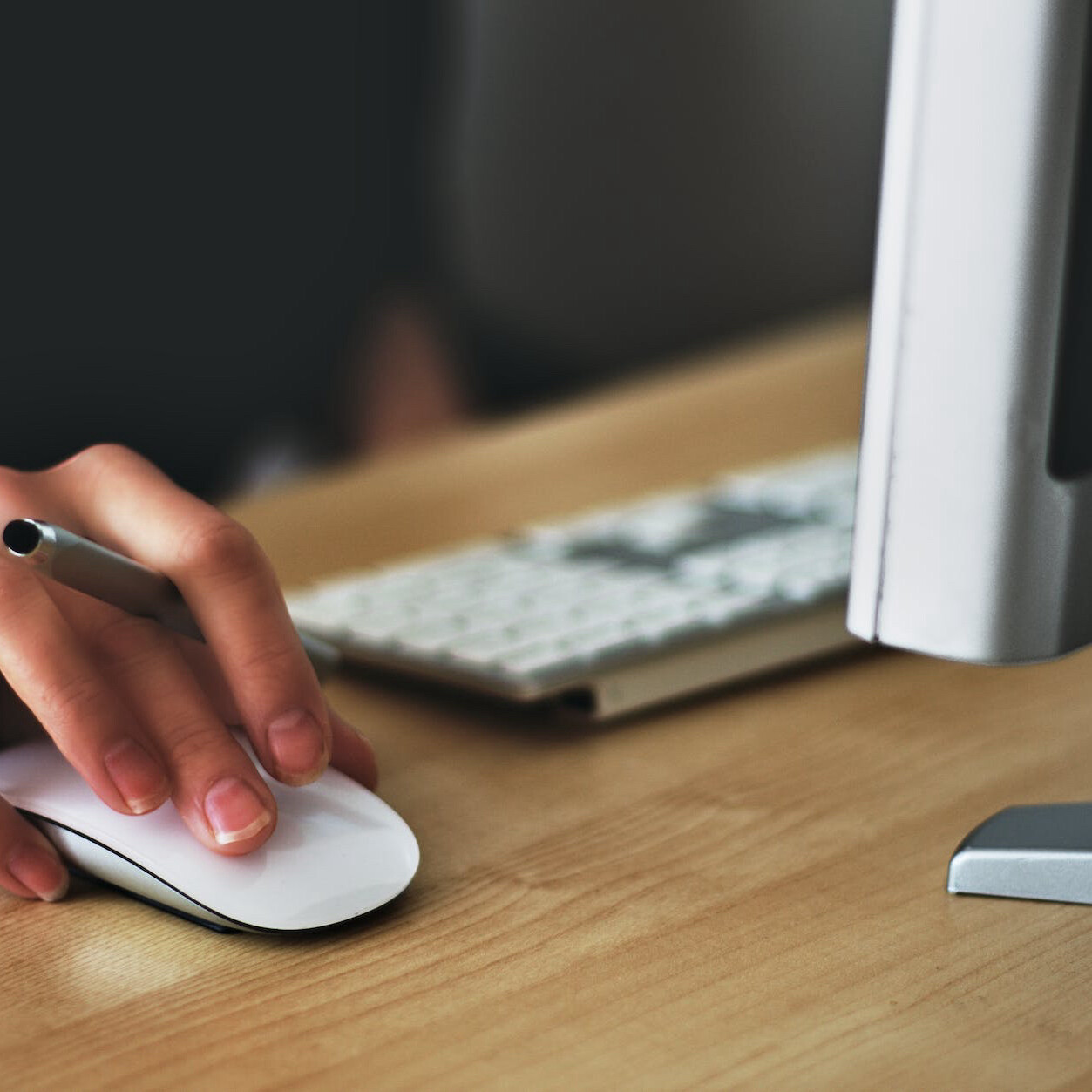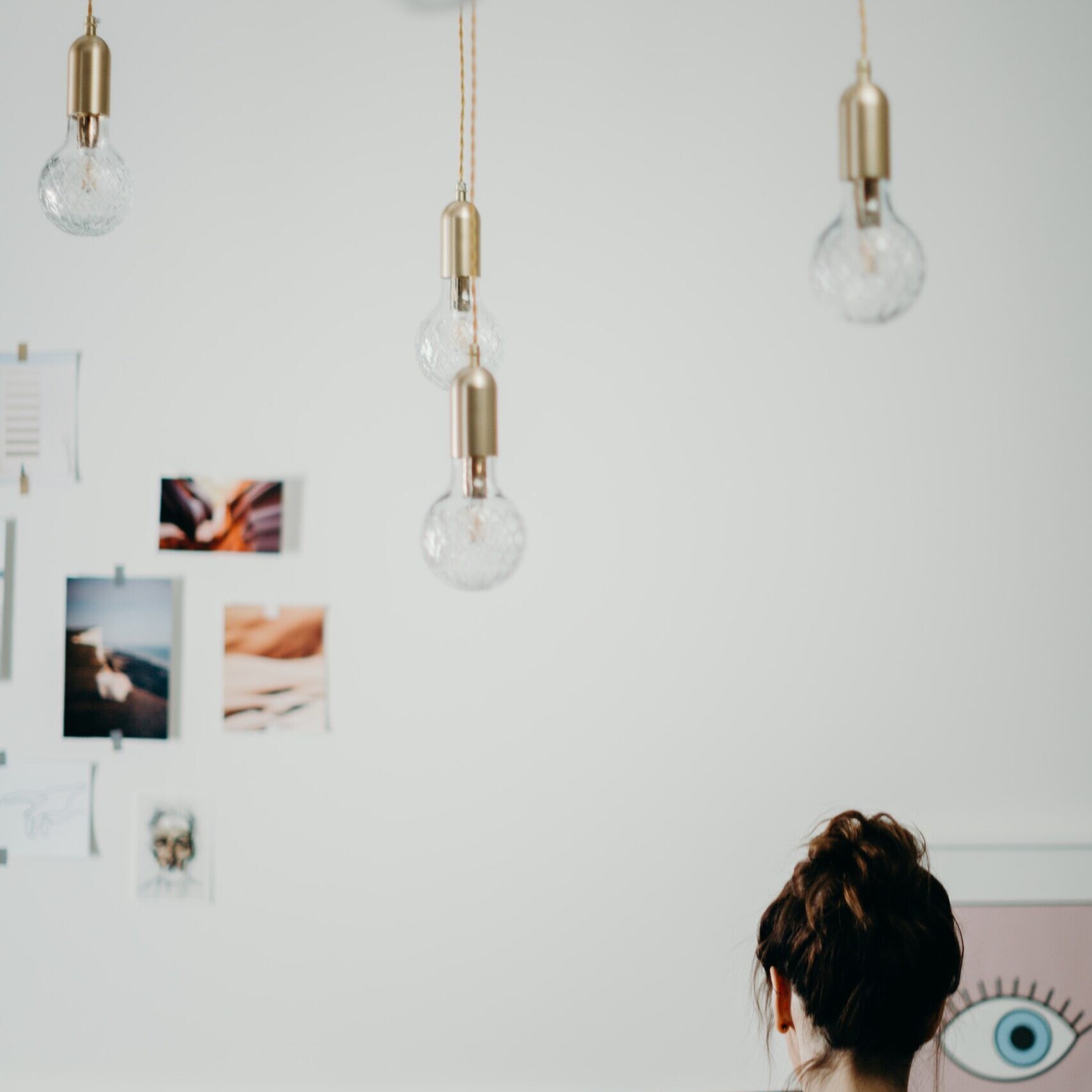10 Key UI Design Trends to Implement Now
UI design trends within the digital design landscape change rapidly as new ideas and innovations occur – so it’s critical to stay on top of whats new and try new implementations on a regular basis. Current rising UI design trends in user interface design are new ideas, while others embrace tried-and-tested methods, tweaking them slightly to adapt to the interface and digital advancement or user needs.
The following are some of the new (and critical) elements that have caught the eye of ux/ui designers industrywide. As always, with new ideas and implementations, testing is key to ensure each new design introduced is optimal for the site it is representing.
Optimized Navigation
An integral element of the aspect UI is the design of its core navigation. This is the system of parts that helps a user move around the experience, helping them find what they need, get deeper into information, and complete a task. All elements should be highly intuitive. The user needs to know what to expect in a language they can quickly understand, so save the bells and whistles for video or social platforms. Navigation should be the guiding force to allow the user to quickly see what information is available and where to go to find what they’re looking for – without thinking twice. The hidden menu application, for example, lends a great deal for user interface design and usability in keeping the user highly engaged due to the fact that information is clearly illuminated, not being overwhelmed by mass amounts of initial content. A visitor to the site will quickly, intuitively, and easily understand what the story being told is, and engage accordingly.
Flat Design
Personified by two-dimensional, clean, smooth, crisp edges and bright colors – flat design could be coined the ‘champion of usability’. Designers who employ flat design identify with a simplified, digital aesthetic, choosing to oppose artificial realism and intricacies in favor of simple iconography. Flat design helps designers and site owners by affording the design a much faster load time as extra elements are not present and elements are streamlined. Efficiency is key, allowing the faster site to resize and form around the navigation (content, rows and columns) it displays.

Scrolling Treatments
While standard scrolling is not a new trend, the proper implementation of its features are a hotly contested debate. With sites developing more in-depth content and the prevalence of parallax and animated sites as well as constant information stream applications, the approach of scrolling is evolving to site and content specifications. Scrolling is an integral aspect of many programs and applications – allowing an easier flow of communication to the user, and providing a more engaging experience.
Microinteraction
In order to complete a task, a user must engage in a series of interactions with their device and chosen site to help them get to the final result, for example – checking a bank balance, purchasing an item, or placing a reservation. These series of ‘interactions’, coined ‘microinteractions’, can range from a notification ping to liking content – a series of actions leading to another. In many ways, the idea of microinteraction helps to break down the heady task of great UX into manageable segments. Looking at the experience in an almost 3D fashion, getting inside and looking under the microscope to see what really needs to be implemented to make an experience great is seemingly the ideal way to ensure every touchpoint with a user is as it should be.
Oversized Imagery
All puns intended, a huge trend in current web design is the implementation of oversized images (often called mega images) on the main page of a site. These images, when placed and curated properly, create an instant connection to the information on the page and illuminate the content. Even static, still images that are oversized in this application have a life-like, somewhat interactive quality. Choosing an image that is relevant to the brand or illuminates the lifestyle it creates is critical to ensuring a user connection that satisfies UI design trends.
Material Design
Initially developed by Google, material design is described as a ‘design language’, integrating aspects of flat design with movement and shadows that produce a slight 3D effect to selected graphical elements. Featuring grid-based layouts, responsive animations and transitions, padding, and depth effects such as lighting and shadows the design was initiated by cutting elements of the interface, namely icons, out of paper to get a feel for how shadows were cast over them in a real-life setting.
Ghost Buttons
The use of ghost buttons is a relatively new treatment to the well used and loved call to action button. Ghost buttons serve the same purpose as traditional buttons but feature transparent interiors and have basic shapes such as rectangles or squares. Outlined, or bordered by a hairline, the inside features very plain text usually in a thin sans-serif. Ghost buttons are incredibly attention grabbing and intuitive which can explain their meteoric rise for designers and developers alike.
Storytelling
Visual storytelling, whether told via sound, image or motion, attract users in a powerful way and creates a level of connection and intrigue that no other technique can achieve. Emotion, anticipation, and stimulation reward the active participant with a resulting heightened engagement for the site owner. Visual stories, as opposed to static content, are interactive and get people to commit themselves to a brand. There are several effective platforms to apply visual storytelling in the digital environment such as typography, sound, video, and interactivity.
Responsive Design
More than half of the commerce traffic today is done on mobile devices. The demand is clear and the consumers have spoken and have gone from a user design trend to an expected norm. Drop rates are rampant for sites that are not mobile-friendly equating to money left on the table for a business that has chosen not to optimize. The average consumer is highly technologically versed, and this means that a smaller screen will not suffice. Purchasing from multiple screens, the user demands a seamless experience that can only be delivered through responsive design. Delivering an optimal shopping experience with high-quality imagery, zoom capabilities, scrolling, and readability, the responsive design brings a plethora of added value to the site owner through increased traffic and heightened conversion.
Authentic Imagery
It’s advised to avoid stock photography and work with an experienced photographer that understands the brand. Hiring a professional has many benefits, but the foremost is that the photos will be specified to the brand experience. Whether taking photos of a product or the people within the organization, this creates the most tailored and authentic outcome. Stylistic choices ebb and flow with UI design trends, but finding the best to fit your brand is key.
Related Articles
Navigating the Design of Input Controls in UI
January 6, 2024
UI Signifiers in Website Design
January 5, 2024



